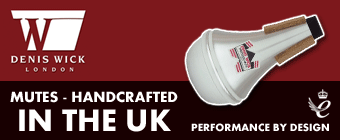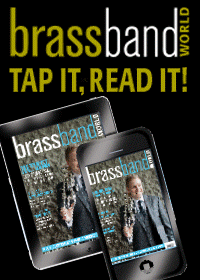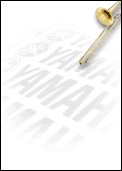Finals 2024 - Set Test Pieces
Kapitol Promotions is delighted to announce the five set-test pieces for the Finals 2024, chosen by the Kapitol Promotions Music Panel. Please see below.
CHAMPIONSHIP SECTION
Harrison’s Dream (Peter Graham)
Published by Gramercy Music
SECTION 1
Excalibur (Jan van der Roost)
Published by the Flemish Brass Band Federation, and available to buy in Great Britain through Hal Leonard Europe
SECTION 2
Albinus Variations (Etienne Crausaz)
Published by Hal Leonard Europe
SECTION 3
The Shipbuilders (Peter Yorke)
Published by Studio Music
SECTION 4
Smoke Sketches (Daniel Hall)
Published by Faber Music
Commenting on these choices, Philip Morris (Managing Director, Kapitol Promotions) said: “Once again, the Kapitol Promotions Music Panel has picked five fantastic works to test the bands at the National Finals this year. For the Sections 1-4 Finals there’s an exciting mix of relatively unused music in Great Britain, alongside some more classic repertoire. The Championship Section Final will certainly be a memorable occasion in October too, with Peter Graham’s incredible work returning to the RAH 24 years after its first use at the competition. Bands are in for a real treat at all levels this year”.





